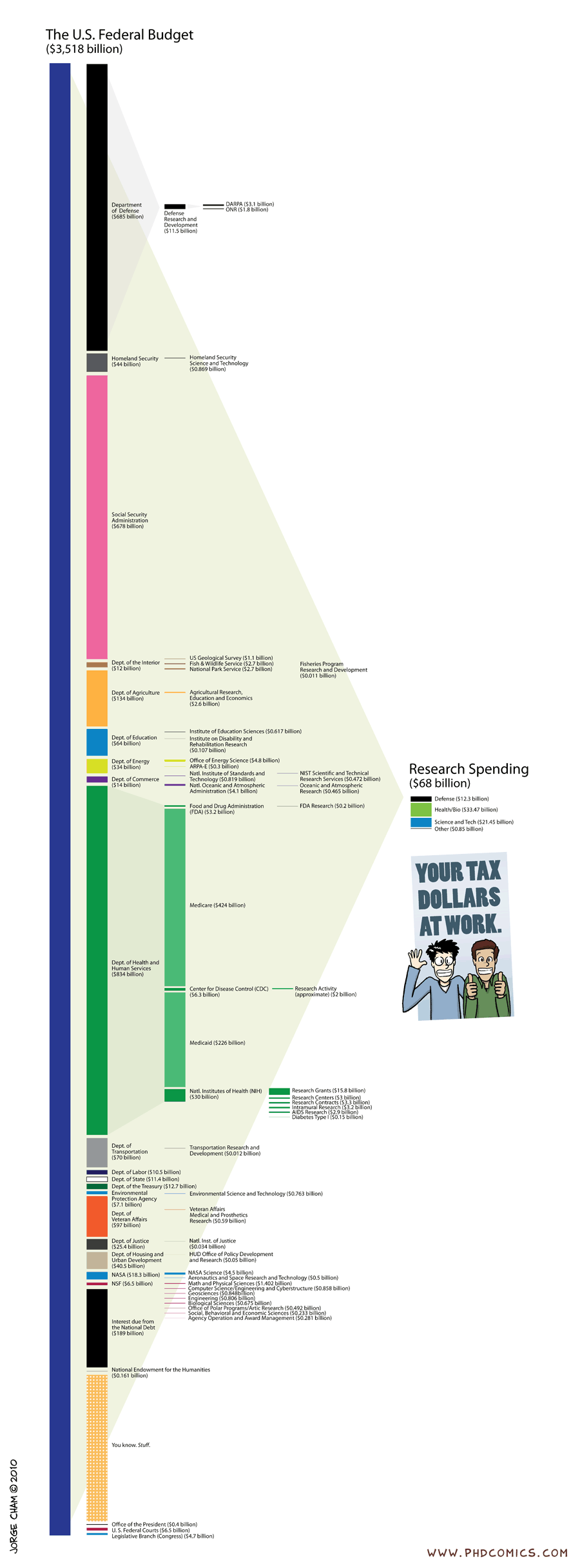If you’re going to be at PAG too and find yourself bored during the poster presentation sessions on Monday, I’m be standing next to P230 “Fractionation Of A Tetraploidy Preceding The Diversification Of The Grasses.” (Please forgive the two “estimated”‘s in the first sentence of the abstract.)
Sometimes people on the internet have a hard time believing that yes, I do study plants, but no, it has absolutely no direct connection to genetic engineering one way or the other. Hopefully this abstract makes it abundantly clear that my research is exactly that. Fascinating but without direct commercial implications. The main bearing my research has on genetic engineering is that, using comparative genomics, I have the chance to see for myself the really crazy stuff that “natural” plants have been doing to their own genomes for millions of years.
After starring at enough dying corpses of genes and weird frankenstein amalgamations of exons from multiple old genes (annotation errors? real biological innovation?) it’s even harder to understand the mindset that a single introduced gene will likely to throw the entire system out of whack (and do so without condemning the plant to that great waste bin of all failed evolutionary innovation: inability to thrive and reproduce.)
Anyway, talk about tangents! The point is: if you’re not going to PAG, I hope you have a great weekend, if you are, hope to see you there.
